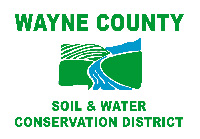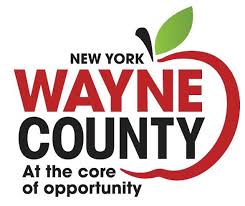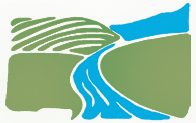


The state Department of Environmental Conservation (“DEC”) and Health (“DOH”) determines priority geographic areas where the Program will provide grants for eligible septic system projects. An area’s designation as a priority is based on its vulnerability to contamination (e.g. the presence of a sole-source aquifer, or a known water-quality impairment), population density, soils, hydrogeology, climate, and the reasonable ability for septic system projects to mitigate water quality impacts. Under the Program, counties in which priority geographic areas are located can access monies from the Fund to provide grants to reimburse property owners for up to 50% of the eligible costs (up to a maximum of $10,000) of their eligible septic system projects.
Eligible Projects
All septic projects must be within the 250’ of a waterway to be eligible for program enrollment.
*Replacement of a cesspool with a septic system; or
*Installation, replacement or upgrade of a septic system or septic system components;
*Installation of enhanced treatment technologies, including an advanced nitrogen removal system.
Since the program is a reimbursement-based program, funding can only be disbursed to homeowners after the project has been completed and all of the appropriate paperwork has been filed with the Soil & Water Conservation District. Please note that funding for this program comes from both Wayne County and New York State.
Steps in the Program
1) Initial Application – Please fill out the initial application. This covers topics such as: homeowner contact info, property description, issues facing septic system & relative maintenance, and an estimate of what it will cost to address septic issues. Additional supporting documentation can be turned in with application or after application review.
2) Application Review – the Water Quality Coordinating Committee and SWCD Staff will review Applications. After a determination has been made, we will contact applicants regarding the status of their application.
3) Collection of Supporting Documentation – In addition to the initial application, the reviewing committee has required the following pieces of information from all participants before moving onto the reimbursement phase: Stamped Engineered Design of the Project, Cost Documentation, A letter from Code Enforcement stating the septic systems issues, A final inspection once the project has been completed. Supporting documents can be turned in before or after the application review. (See Paperwork Checklist Below).
4) Request for Reimbursement – Once the supporting documentation has been collected and the project is complete, the homeowner will receive a Request for Reimbursement. This documents the final cost of the project and will be used to determine the reimbursement amount. We will need proper cost & payment documentation for all expenses on the Reimbursement form.
5) Processing of Reimbursement Requests – After we have received the Request for Reimbursement and proper cost documentation for the project, our office will file the paperwork with the county who will then voucher the state for the funding. Once the county receives the funding, our office must voucher for the funding to be transferred from the county to the District. After the District receives the funding, we are able to process the reimbursements and mail checks. This step takes about one month.
Paperwork Checklist:
- Initial Application – This covers topics such as: homeowner contact info, property description, issues facing septic system & relative maintenance, and an estimate of what it will cost to address septic issues. Please note that only an estimate is required, and the final cost of the project is documented in the Request For Reimbursement. If you have any questions about the application please contact Drew at the Soil & Water Conservation District for help.
- Documentation of Issue – The Water Quality Coordinating Committee has asked that all applicants have documentation of the issues their septic system faces. This can come in the form of a failed septic inspection, or a letter from a Code Enforcement Officer/Building Inspector. Alternatively, notices from septic contractors or pictures of the issues/damaged system may suffice.
- Engineered Drawing – A stamped engineered design of the new septic system is required for all applicants. The cost of hiring an engineer is eligible for reimbursement.
- Cost/Payment Documentation – An estimate is required for the application, but we will need cost documentation and proof of payment for the request for reimbursement. Cost documentation can include invoices or estimates. Proof of payment can be a paid invoice, receipt, or copy of a check used for paying the contractor.
- Final Inspection – Once the project is completed, it must be inspected to ensure that it was installed properly and according to the design. This can be completed by the project engineer or town Code Enforcement Officer
- Request for Reimbursement – This paperwork documents the final cost of the project. Payment/Cost documentation is required to determine the final reimbursement amount. Please note that permitting fees or sales tax are not eligible for reimbursement through the program.
- W9 Form – All recipients of grant funds must provide a W9 form to WCSWCD before reimbursement can be made. This can be turned in along with the Request for Reimbursement after the project has been completed.
- Supplemental information (OPTIONAL) – While not required, if you would like to include additional information regarding your project such as pictures or permits, we will add them to your application portfolio. If you have any questions regarding the State Septic System Repair Program in Wayne County, please contact Kelly Reynolds at the Wayne County Soil & Water Conservation District Office. kelly@wayneNYswcd.org | (315) 946-7200 x 1
